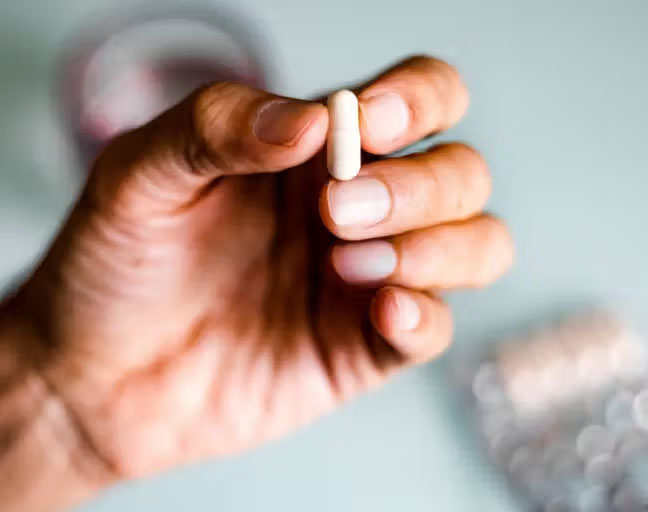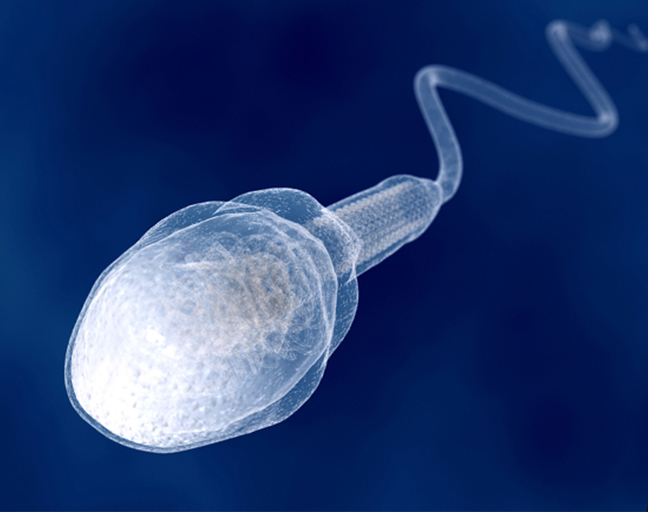If you’ve ever noticed white bumps near the head of your penis, you may have immediately wondered whether something’s wrong. The first thing that comes to mind for many is that it could be a sexually transmitted disease (STD). But what if you’re not sexually active or take precautions? What could these white bumps actually be?
It’s completely normal to be curious about what’s going on down there, especially when you notice something new or unfamiliar. These bumps could have been there for a while, or they could be something that just recently popped up. Either way, it’s a good idea to get checked out if you’re unsure. So let’s dive into some of the possible causes for these white bumps under the head of the shaft.
1. Pearly Penile Papules (PPP)
Pearly penile papules are small, white bumps that often appear around the head of the penis. The good news? They’re harmless and nothing to worry about. PPP is a common skin condition that’s not contagious and doesn’t indicate any underlying health issues. You’ll typically see these bumps develop during your late teens or early adulthood.
What to Expect:
These bumps are usually white, yellow, or pink, and they form in a row around the shaft’s head—sometimes even in double rows. They’re about 1 to 4 mm in size and are a completely normal skin variation.
What You Can Do:
The best advice? Don’t try to pop them! Popping them can lead to infections. Instead, wash the area with plain water daily, and consider wearing cotton underwear to reduce friction. In rare cases, some doctors might suggest laser or freezing treatments, but they usually don’t recommend it since PPP doesn’t pose any health risks.
2. Skin Tags
Skin tags are another common skin condition, and yes, they can show up near the head of the penis too. They’re usually harmless and often caused by things like hormonal changes, friction from clothing, or being overweight.
What to Expect:
Skin tags look like tiny flaps of skin, typically the same color as your flesh, although they can sometimes have a darker tone. If irritated, they might itch or even bleed.
What You Can Do:
If you notice a skin tag, avoid trying to cut it off yourself (ouch!). If it starts bleeding or causing discomfort, it’s best to see a doctor. Some people use natural treatments like apple cider vinegar, but be cautious with any creams—make sure they’re all-natural to avoid burns or reactions.
3. Lymphocele
Lymphoceles happen when lymph nodes (which are all over your body, including the penis) get blocked due to friction or pressure. This isn’t related to an STD, but it can be a sign of infection, so it’s important to pay attention to how it behaves.
What to Expect:
You might notice white bumps along with pain, swelling, and redness.
What You Can Do:
Most lymphoceles clear up on their own in a few days. Try to avoid putting pressure on the area, but if the swelling doesn’t go away within a week or you develop a fever, make sure to visit your doctor.
4. Lichen Nitidus
This is an inflammatory skin condition that causes small bumps to form, often around the head of the penis. It’s not caused by an STD, and doctors don’t fully understand the cause of the inflammation.
What to Expect:
The bumps are usually tiny and flat, either white or flesh-colored.
What You Can Do:
For most people, lichen nitidus goes away on its own without treatment. But if it’s severe, a doctor might suggest a steroid cream to help manage the inflammation.
5. Human Papilloma Virus (HPV)
HPV, or genital warts, is a sexually transmitted infection. It’s one of the more serious causes of white bumps because, if left untreated, it can lead to cancer. These bumps can show up near the head of the penis or the base, and in some cases, inside the urethra, where they may cause pain or discomfort during urination.
What to Expect:
HPV typically causes small white bumps that may look like cauliflower. If they appear inside the urethra, they could lead to a burning sensation when you pee.
What You Can Do:
If you suspect HPV, it’s crucial to see a doctor immediately. Treatment can help prevent the virus from spreading and reduce the risk of cancer. Doctors can freeze off the warts or offer topical treatments, and using condoms during sex can help prevent transmission.
6. Fordyce Spots
Fordyce spots are simply sebaceous glands (oil glands) that become more visible, and they’re perfectly normal. These spots are not linked to any STDs, and they can often be seen when the penis is erect.
What to Expect:
The bumps are usually small, about 1 to 3 mm, and can be white or yellowish in color. They may appear around the head or all over the shaft, and sometimes they can even cluster together.
What You Can Do:
Fordyce spots don’t require treatment because they’re completely harmless. Some people use oils like jojoba, coconut, or tea tree oil for cosmetic reasons, but if they bother you, your dermatologist might recommend laser treatment (though it can be pricey).
7. Genital Herpes
Genital herpes is caused by the herpes virus, and it’s highly contagious. If you’ve recently noticed painful white blisters around the head of your penis, herpes could be the culprit.
What to Expect:
You might see small blisters that eventually break open and form painful sores. These can appear on your genitals or even on your mouth if you’ve had oral sex.
What You Can Do:
If you think you have genital herpes, it’s vital to see a doctor for a diagnosis and antiviral treatment. Condoms can help reduce the risk of spreading herpes to your partner, but it’s best to avoid any contact with open sores.
In Conclusion:
While white bumps on the penis might sound alarming, they’re often harmless and caused by common skin conditions. However, it’s always best to get them checked out by a healthcare professional, especially if they’re new or changing. Don’t ignore the signs—if in doubt, visit your doctor to get peace of mind.










